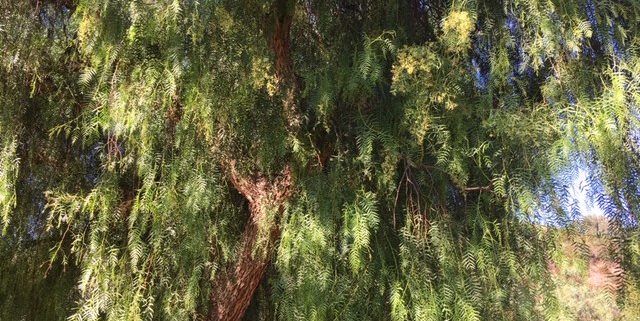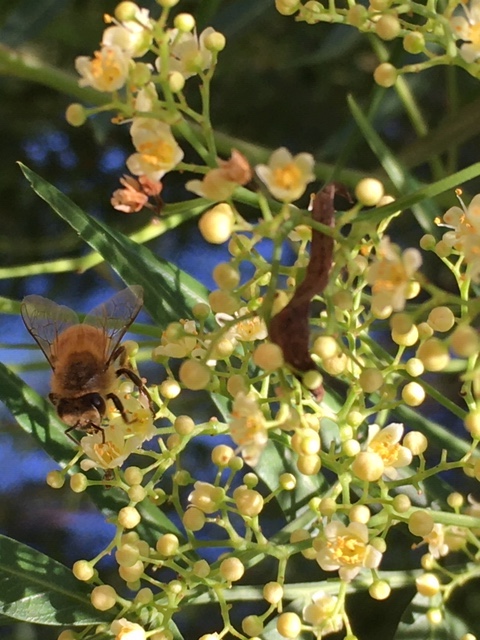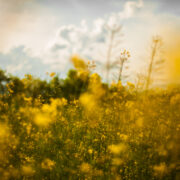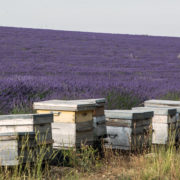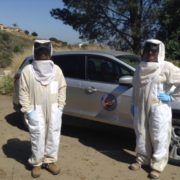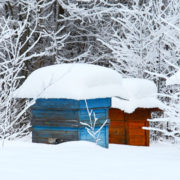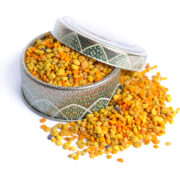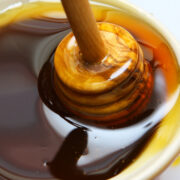Pepper Trees And Bees
Anyone who lives in California, Florida or Hawaii is likely well familiar with pepper trees. They seem to be found both far and wide, and probably for a good reason. They are extremely hardy, drought resistant, heat resistant, and sprout up like weeds along highways and roads everywhere. Sun or shade, these trees don’t care. Poor soil? No problem. The pepper tree is perfectly at home in a world where record-breaking heat and adverse weather conditions seem to be the norm.
Officially called “schinus mole,” pepper trees originated in Peru, but like many other invasive plants, were brought to other parts of the world with good intentions. The original Spanish settlers of the American west cultivated these trees because they appreciated the hard bark, which they used for making saddles. Also, the pepper tree, true to its name, was a source of genuine culinary pepper spice for the early settlers.
The pepper comes from crushing the little pink berries that these trees produce, which are the direct result of bee pollination. The dried pink berries taste like pepper, and are basically pink peppercorns. Though, let’s be honest, the peppercorns that we are most familiar with are black. Yet, the pepper tree’s pink peppercorns are still a culinary favorite today.
From a beekeeper’s perspective, pepper trees are a gold mine, as they seem to blossom practically non-stop, with several major blooming episodes per season. And, most importantly, the bees love them! The first blossoms start in the spring, with the latest occurring well into October, when practically nothing else is available for the bees. The heaviest honey flow takes place in summer when the temperatures are high, usually in July. As you can imagine, the honey has a somewhat spicy flavor and is rather dark. As humans, we may easily overlook this rather ubiquitous and weedy-looking tree, but the bees see these trees completely differently. They are a never-ending source of foraging excitement!

